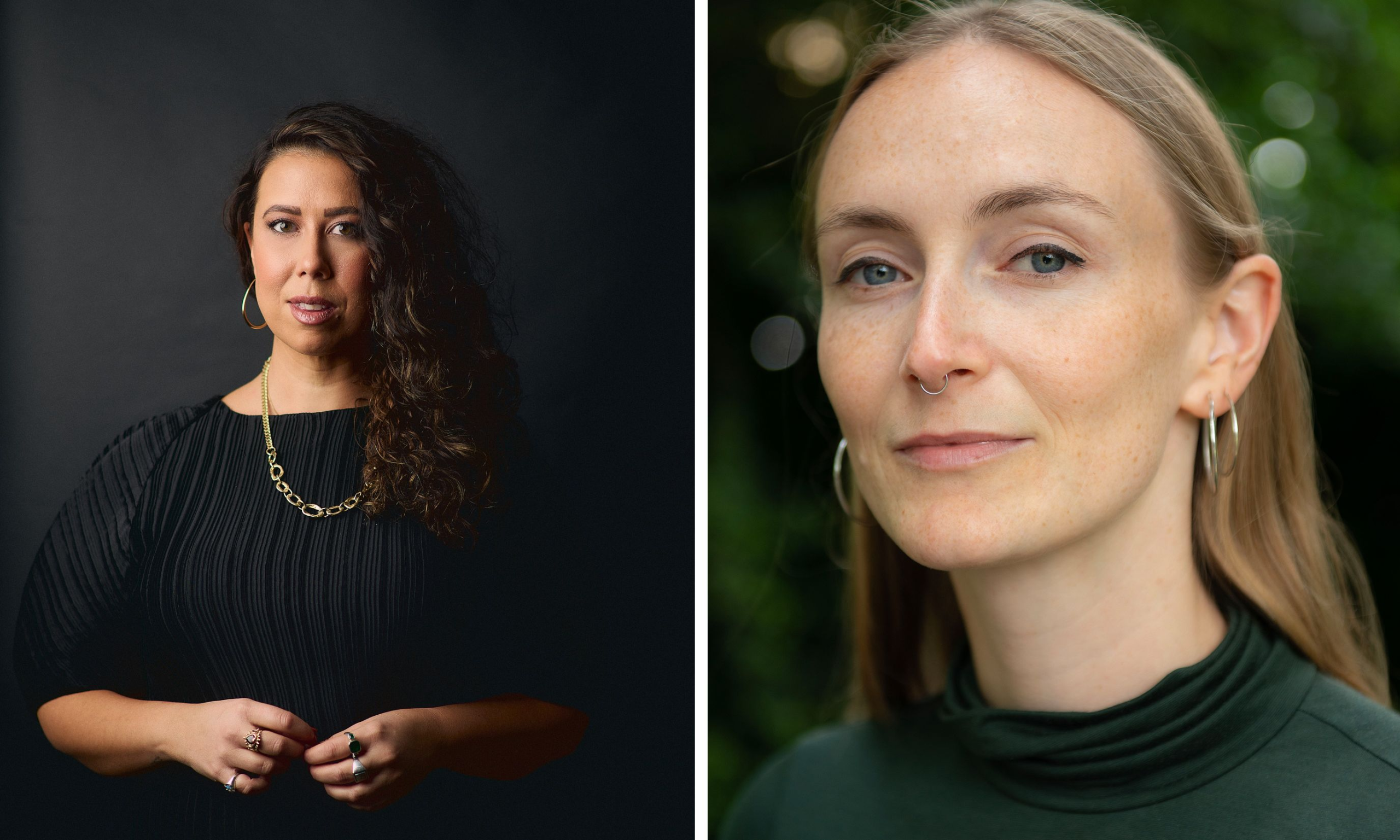Kimberley Moulton (left) and Marleen Boschen
Photos: Dominique Russell and Eugene Hyland
Tate is expanding its curatorial remit with the appointment of two curators specialising in ecology and Indigenous art. Marleen Boschen has been named adjunct curator, art and ecology while Kimberley Moulton takes on the role of adjunct curator, First Nations and Indigenous art.
On her website, Boschen says that she is “particularly interested in ecological imaginaries, sensory and sonic modes of attention to the more-than-human, border ecologies and listening as a practice of care”. Last year she was awarded a doctorate in cultural studies from Goldsmiths college, University of London for her thesis “Carrier Seeds: A Cultural Analysis of Care and Conflict in Four Seed Banking Practices”.
In 2019, she co-curated the project and exhibition Soil is an Inscribed Body. On Sovereignty and Agropoetics at Savvy Contemporary space in Berlin, which “examines anti-colonial struggles of past and current land conflicts across the world” according to an online statement.
In a statement on the project, Boschen added: “Soil is and remains a space of struggle and conflict. Globally, the devastation of landscapes, consumption and exhaustion of natural ‘resources’, vanishing of species and ecosystems, and the proliferation of wars and cultural genocides have left their marks on the land for centuries.”
As The Art Newspaper's Louisa Buck reports, the Serpentine in London has led the way in curatorial appointments linked to the environment. In 2018, inspired by the 2014 show Extinction Marathon that the radical artist Gustav Metzger curated for its North Gallery, the institution launched its ongoing “Back to Earth” research and exhibitions programme and appointed Lucia Pietroiusti as the curator of general ecology.
Tate has employed a full-time environmental sustainability manager since 2016 and shortly after declaring a climate emergency in 2019, the organisation also formed a “climate emergency working group” comprising representatives from the four Tate galleries (Modern, Britain, Liverpool and St Ives).
Moulton, meanwhile, a Yorta Yorta woman from Australia, was previously senior curator, First Peoples, at Museums Victoria (Australia’s largest public museum organisation) where she organised 17 exhibitions. In 2018 Moulton was the lead curator for the exhibition Mandela: My Life at Melbourne Museum and also co-curated the transnational Indigenous Triennial, Naadohbii: To Draw Water last year at the same venue.
In an online statement posted on the Museums Victoria website, she says: “In my practice I work with knowledges, histories and futures at the intersection of historical collections and contemporary art and making. I am also interested in anti-colonial curatorial methodology and First Nations representation and access in museums and galleries.” Under current research, she highlights “decolonising collections: reframing the way we interpret historic collections across disciplines”.
Both curatorial posts, which launch this month, sit within the Hyundai Tate Research Centre: Transnational, which is described online as redefining “Tate’s existing collection of art and [offering] new perspectives on global art histories”.

